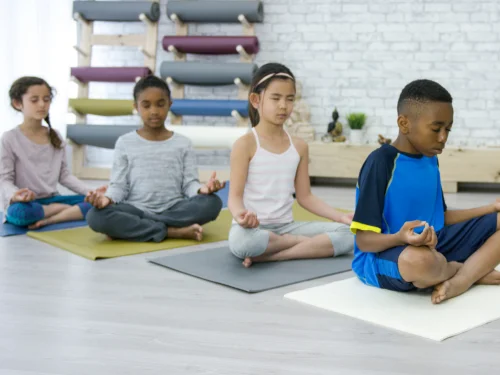10+ Sight Word Activities: Fun and Effective Ways to Build Reading Confidence

Yes—finger plays, clapping games, and dance routines that use hand gestures all help. Combine rhythm and repetition for deeper learning.
Send home simple activity ideas, kits, or worksheets. Offer short instructions and encourage family involvement. Regular practice builds lasting progress.
Try origami, sticker scenes, stringing pasta, or painting with Q-tips. Crafts that use small pieces build precision and control.
Sight words are the words children are encouraged to recognize instantly without sounding them out. They often appear frequently in books, making them essential for building reading fluency. While some sight words follow predictable phonics patterns (like and or can), others are irregular and must be remembered “by heart” (like said or was).
The ultimate goal of sight word learning is automaticity—being able to see and read a word effortlessly. The more quickly children recognize these words, the smoother their reading becomes.
Why Sight Word Activities Matter

Children learn best when practice is interactive and multisensory. Instead of simply memorizing letter sequences, fun sight word activities allow kids to:
- See the words in multiple contexts
- Hear and say the words aloud
- Touch and build the words using tactile materials
- Play games that make repetition exciting
When learning is active, engagement—and retention—soars.
Activities for Teaching New Sight Words
.webp)
These activities are ideal when introducing fresh words or revisiting tricky ones.
1. Shaving Cream Spelling
Spread a thin layer of shaving cream on a tray. Say a sight word and let children “write” it with their fingers. Wipe clean and repeat.
2. Drive the Word
Write each letter of a sight word on sticky notes, place them in a row, and let kids “drive” a toy car over each letter while saying its sound.
3. Playdough Word Building
Form letters from playdough to spell each word, pressing them down on a card with the printed word for matching.
4. Magnet Wand Mapping
Place magnetic chips on each letter or sound of the sight word. As children read, they drag the wand over each chip to reinforce sequencing.
5. Mini Sight Word Books
Have children fold paper into a booklet and write one sight word on each page, illustrating it with a matching picture.
Activities for Practicing and Reinforcing Words
.webp)
Once words are learned, consistent review helps them stick.
1. Sight Word Hopscotch
Draw a hopscotch grid with sight words inside the boxes. Kids hop through, reading each word aloud.
2. Word Swat
Place cards with sight words on the floor. Call out a word, and children use a fly swatter to “smack” the matching card.
3. Rainbow Writing
Have students write each sight word several times, using a different colored pencil or marker for each repetition.
4. Sight Word Bowling
Attach sight word cards to bowling pins (or water bottles). Kids bowl and read the words they knock over.
5. Mystery Word Hunt
Hide sight word cards around the room. Give children a checklist to find and read each one.
Multisensory Home Activities for Parents
Parents can easily support sight word learning with playful, hands-on ideas:
- Snack Spelling – Use alphabet crackers, cereal, or string cheese strips to form words before eating them.
- Password of the Day – Post one tricky sight word on the fridge. Everyone must read it aloud to “unlock” the snack or meal.
- Hide & Seek Words – Place sticky notes with sight words around the house for kids to find and read.
- Water Writing – Use a paintbrush and water to “paint” sight words on the sidewalk. Watch them disappear and try again!
- Board Game Words – Add sight words to spaces on a board game so kids read as they move along.
You May Also Like: Force and Motion for Kids: 10 Fun Activities with Pushes, Pulls, and More!
Tips for Making Sight Word Practice Successful
.webp)
- Keep sessions short and fun—5 to 10 minutes is enough for young learners.
- Mix it up—rotate activities to keep engagement high.
- Celebrate progress—use stickers, stamps, or a “word wall” to show growing mastery.
- Involve movement—kinesthetic learning helps memory stick.
- Incorporate words into daily life—point them out in books, signs, and labels.
You May Also Like: 51+ Fine Motor Skills Examples: What They Are and Why They Matter
Final Thoughts
.webp)
Sight word activities should be more than flashcards and rote memorization. By combining visual, auditory, and hands-on experiences, children can learn sight words more effectively—and have fun doing it. Whether in the classroom or at home, playful repetition turns these essential reading building blocks into skills for life.
You May Also Like: 8 Social Skills for Kids: Building Strong Connections from the Start




